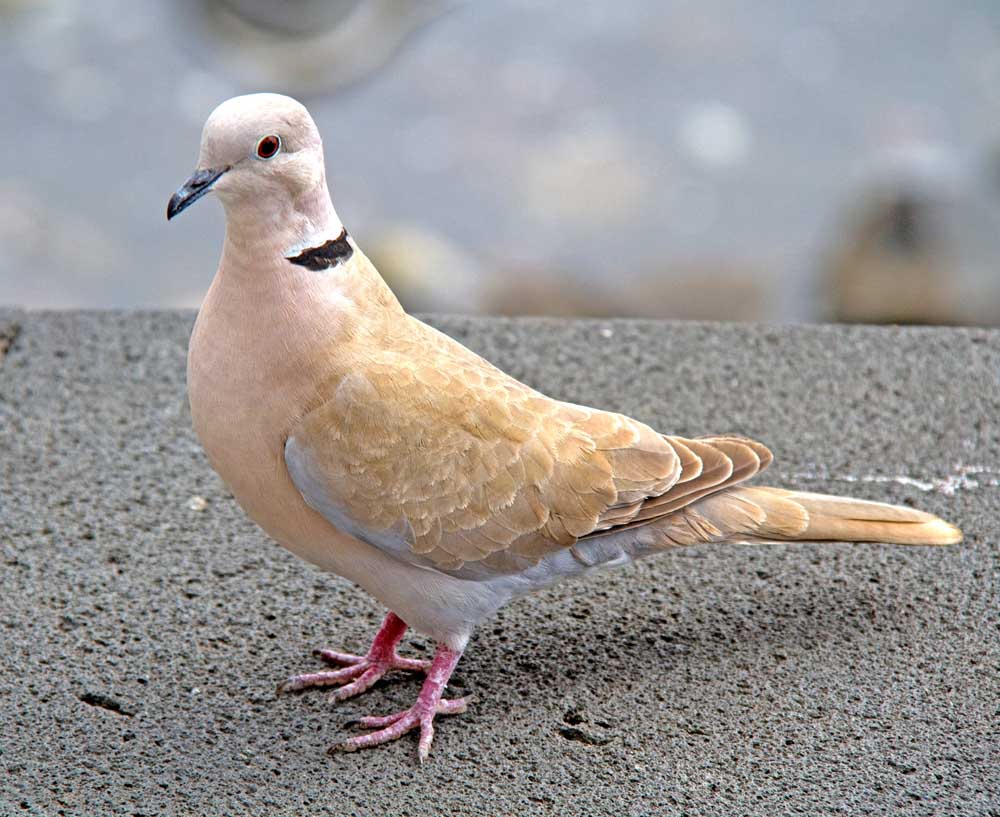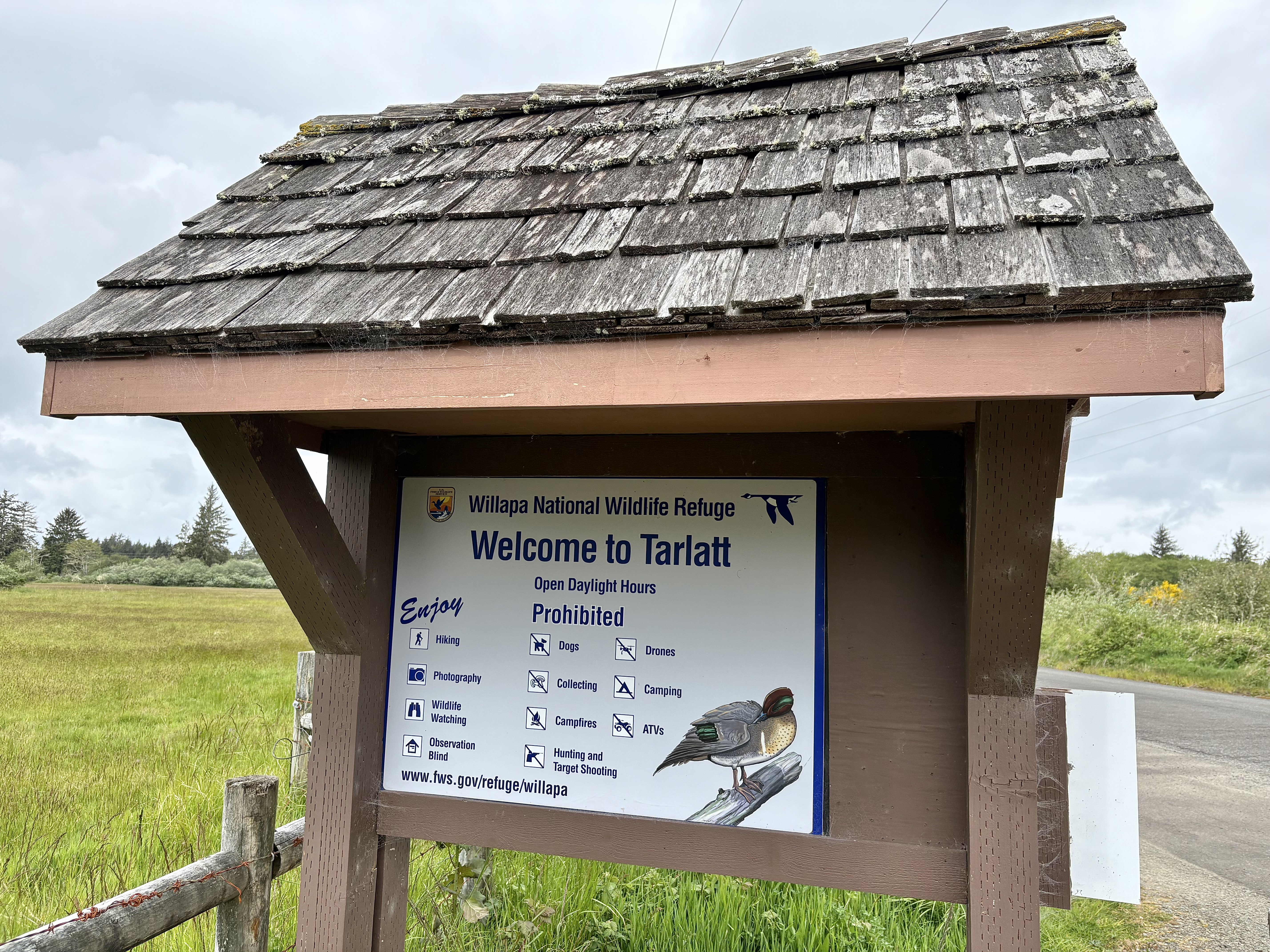Northwest Nature: Dove counterpoint
Published 12:19 pm Tuesday, August 23, 2016

- Collared doves are recent arrivals in our area. Some find their call annoying, but they merely add to symphony of sounds here on the coast.
The robin calls slowly, sleepily. His soft gurgled chirps come from the old shore pine near the water. An early morning great blue heron cronks and complains, flying heavily up the channel, just above the low lying morning mist. A chickadee chips in, dee-dee-dee, and then the sound begins that will be background music all day. Hoo hoo — hoo, a three-note sound repeated over and over: two long and one short. It sounds almost owlish, but owls have no need to call all day. It’s a Eurasian collared dove, perched in the dead alder overhanging the water. His pale cream feathering blends so well with the dead wood so that he is barely visible.
Trending
The dawn chorus is in full swing and the day can begin. Robins, chickadees, herons and others of the usual late summer crowd will be heard off and on throughout the day, but sometimes it seems that the collared dove never takes a break. It’s a lovely, soft song and what better background music to ease the traffic noise and other human distractions.
The mourning dove, (named for its song which I don’t hear as mournful), adds his song: coo ah coo coo coo. Softer, more slurred, the ‘ah’ sweetly rising a bit. A friend recalls the song of the mourning dove as a memory of summertime childhood: a reassuring, unchanging song.
If you spend time outside, tune in to the bird song. It’s easy to not hear it, as it’s a constant background sound. Listening and working to key a particular song can bring a sense of peace and enjoyment. And you may earn a reputation as a bird wonk into the bargain.
Trending
Eurasian collared doves are newcomers to the neighborhood. Many U.S. bird references written in the 1980s do not include them. These birds were introduced from Asia to the Bahamas where they lived happily for a long time, then a few wandered to Florida and the spread began. They are now everywhere in the U.S., except for the far northeastern states where the winters are too cold for survival.
The collared dove is a soft, pearl gray and sports a dark feathered collar around the neck which doesn’t quite meet in front. They’re not very shy and can be a good bird for practicing ID skills.
Their close cousin, the ringed turtle dove, is a domesticated bird that does not do well in the wild, with the exception of places like south Florida. They mainly live in cages. If I were a turtle dove, I’d take my chances in the wild.
I’ve heard comments about the incessant calling of the collared dove. I agree that there are bird sounds that can be irritating. The anxious, nasal squawking of a young crow begging food from its parent can grate on the nerves. What helps me is to think of the reason for the irritating call. The crow baby needs food, the collared dove needs to claim territory and let other doves know his location. He just happens to do it all day long.
The water is mirror still, the sky to the east a soft pink. Slowly, majestically, the enormous full moon sails above the tree line to the east. The bullfrog begins his nightly gronking serenade, and as a counterpoint, the collared dove calls once more.
The collared dove needs to claim territory and let other doves know his location. He just happens to do it all day long.









